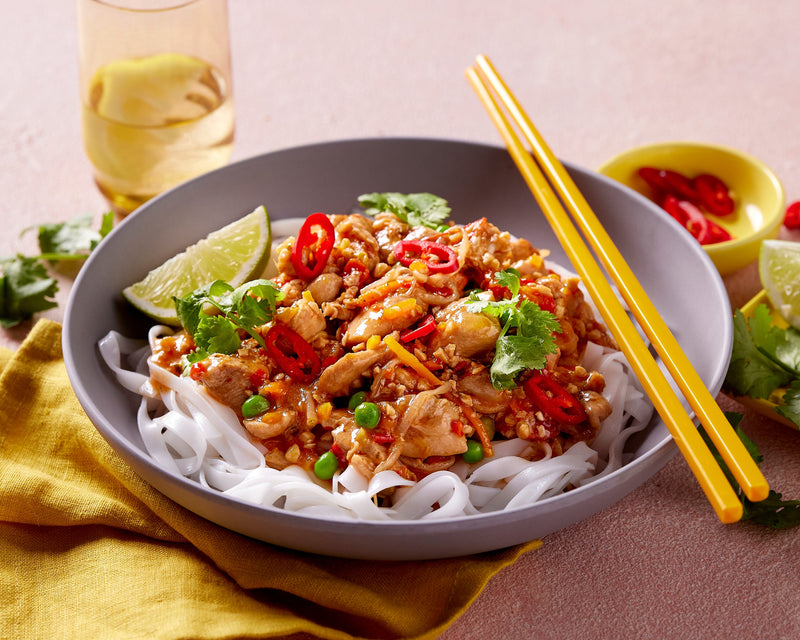Still Confused About Carbs? You’re Not Alone.
In the ever-changing world of health and nutrition, few topics spark as much debate and confusion as carbohydrates. Over the years, carbs have swung between being praised as the foundation of a balanced diet to being blamed for everything from weight gain to fatigue. The result? A lot of mixed messages—and a lot of people unsure about what they should eat.
Here’s a clear-eyed look at carbs: what they are, why we need them, and how to choose the right kinds for your body and lifestyle.
The Carbohydrate Confusion
One big reason for the confusion is that carbs are often lumped into a single category—when in fact, they’re incredibly diverse. Carbohydrates are found in a wide variety of foods, from vegetables and fruits to whole grains, legumes, dairy, and even sweets. But not all carbs behave the same way in your body.
Some recent diet trends, particularly low-carb or high-fat eating styles, have added to the uncertainty. These approaches often cut out entire food groups like bread, rice, pasta, and grains, giving the impression that all carbs are best avoided. In reality, the type, quality, and quantity of carbohydrates you eat matters far more than whether you eat them at all.
Not All Carbs Are Equal
Carbohydrates are your body’s preferred energy source—especially for the brain and muscles. But they don’t all deliver the same nutritional value.
Nutrient-rich carbs like:
- Whole grains
- Fruits
- Vegetables
- Legumes
- Dairy
…are packed with vitamins, minerals, and fiber. These foods provide lasting energy, support digestion, and help maintain long-term health.
In contrast, refined or highly processed carbs—such as white bread, soft drinks, and sweets—can lead to energy crashes and are best enjoyed in moderation.
Cutting Carbs Isn’t Always the Answer
Low-carb diets may offer short-term results, but they can come with side effects like:
- Fatigue
- Light-headedness
- Nausea
And over time, cutting out food groups can lead to nutrient deficiencies.
Rather than eliminating carbs entirely, try focusing on smarter swaps. Choosing whole, less processed options gives your body the fuel it needs—without the crash.
A Balanced Approach Is Best
You don’t need to fear carbs. You just need to know which ones support your health.
Try to:
- Prioritise whole and minimally processed carbohydrates
- Reduce intake of highly refined options
- Focus on balance across your meals
Final Thoughts
There’s a lot of conflicting advice out there, but the basics still hold true: your body needs carbohydrates, and choosing high-quality sources makes all the difference. Listen to your body, fuel it well, and enjoy a balanced approach to eating.









